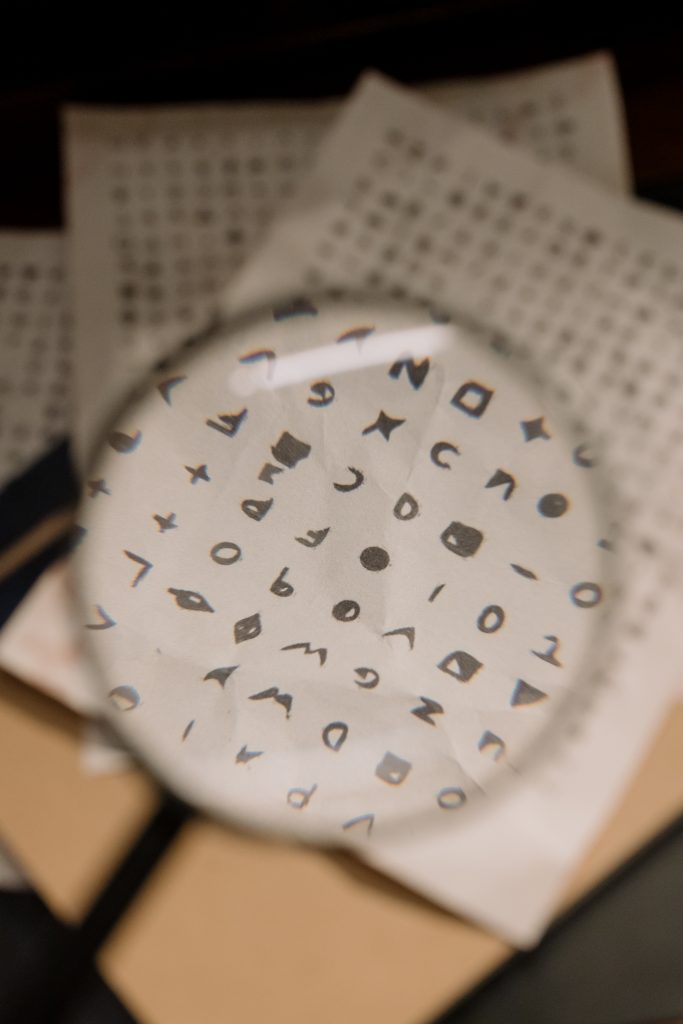This week we discussed in EDTC300 digital identity, cyber sleuthing, and how our digital life and in-person life impact one another.

I’d like to share with you first my thoughts about the Monika Lewinsky TED talk.
Monika Lewinsky’s TED talk brings us a perspective that was not shared before- her narrative and how she claimed it. When I saw the news in 98′ about the affair, I was pretty young, judgy, and not very informed. This was eye-opening to hear about her experience and consider digital forgiveness, digital awareness, and digital identity. Otherwise, the impact of cyberbullying can be devastating.
Lewinsky says she was “seen by many, known by few”. This is a powerful way to describe the issues that come with social media. She also describes how “online, technologically enhanced shaming is amplified, uncontained and permanently accessible”.
When it comes to responsibility for freedom of expression, we can see both sides of the screen. This is how we can make a difference as teachers. Lewinski talks about taking back our narratives, and I think this is a great way to look at it and begin from. Tell ours owns stories – one step at a time. In the classroom, having room for students to share their stories safely and compassionately, either with the class or teacher (I love combining independent work and group work, making stories together and apart, sending to the teacher or sharing with the class- so much room to play and adjust the content to the students’ needs). We can see how we share, on and offline, and how we respond. Doing both with compassion and awareness, to us and others.
The article “Having multiple online identities is more normal than you think” by Nicole Lee presents a topic to consider within this theme, of having many platforms to engage with and be with.

Lee writes about her online platforms: “my audience in each case overlaps to some degree, but they’re not the same.” I feel the same with my business, as I have different audiences and cater platforms and content accordingly. I also feel this way for work, as I have my “teacher voice” which is sharper than usual and you can hear it all the way across the recess field if needed. As Lee says, about her own platforms: “different sites, different audiences, different purposes.” This can be applicable not just for work and life – the article elaborates on how “People have diverse, rich lives that aren’t contained within a single idea and personae…to have us each be confined to just a single account, or a single all-in-one persona, is confining”. I think that being aware of our representation throughout varied platforms can make our voices more intentional.
Yet can we see the impacts of how much info we put out there? when we can be found, throughout all these platforms, how much exposure does it put us in? This is a great connection to our latest assignment, to cyber sleuth a classmate. I am lucky to work with my friend Haley Begrand, and see her online presence as a practice. I was playing detective! Honesty, even with the “ok” from our class and kind intention, it still felt not ok to spy on someone. It made me uncomfortable, perhaps partly because I felt like even though online presence is public, it’s a personal world I’m looking into. And that’s personal.

When I looked up Haley’s info I found first her Twitter and business. She makes the most amazing clay jewelry, if you haven’t checked it yet you totally should on her Etsy shop! I also found her Pinterest, TikTok, Youtube, and other stores that carry her lovely work. I found some pictures, of the same headshot style of her public profiles. It was mostly around education and art- her journey to be a teacher (her Twitter content is awesome, and she just published a useful resource from #edchat of you’re looking for some clarity). The info presented in these platforms, combined, shows her age, where she is, pronouns of choice (which shows inclusive and respectful approach) what she studies, education approaches, art and creative ideas. Even though it’s maybe different “audiences”, like the article above, it all combines and flows well together. The creativity feeding into education and vice versa. Honestly, it’s looking professional and colorful from my research. When I looked at her name in sources not her own, a few search pages in, it was still all linked to education and art conversations and in a pleasant manner. There were awards she won on the Saskatchewan Drama Association, and more creative pins to check out. Which is kind of like a great referral, when a friend of a friend recommends someone! I honestly have no comments to make- other than maybe learning from how she set up the info and make some of these changes on my own platforms.

Looking at digital identity feels like decoding a complicated question. It has so many elements, and they are so widespread. I always feel like I’m way behind on online education.
I run a local business and try to keep a professional online presence, yet sometimes miss important things. This course helps me, one step at a time, to do so more wisely.
I’ll end with an idea of how to use this in the classroom. I loved De. Alec Couros and Amanda Brace’s post, as a great way to teach in a relevant way.
What are your thoughts on the topic? How do you find your online presence? How do you plan on teaching this in the classroom?
Chat soon!
Maya

Hi Maya,
I really enjoyed reading your blog this week. I completely agree with you and how you felt after watching the Monica Lewinsky TED talk and how eye opening it was. Digital forgiveness is a topic that I have been thinking about a lot lately, do you think it can become a popular new trend in our digital world? I hope so. I really appreciated how you connected this weeks viewing/readings with classroom implications and creating a safe space to respond to what we share both on and offline. I also really connected with how you felt when cyber sleuthing your partner. I kind of felt like I was invading their space even though it’s online for everyone to see. I too, loved Amanda’s quote retweet- such a great idea. Great blog post Maya, thanks for sharing!
Thanks so much for your message Alex!
So many valuable topics to consider, and as future teachers this is great we are aware of the online world’s impacts.
I find so many felt this way too, about the cyber sleuthing, and this experience – and Amanda’s tweet sure gives nice ideas to approach it in the classroom. I’m looking forward to exploring more ways to approach this in the class.
Thanks for sharing your thoughts, and looking forward to reading your post as well!
Maya
Hey Maya,
it was great reading your post, you brought up a lot of really great topics and points. When it comes to Monica Lewinsky, it is a very sad but powerful speech. A lot of times, we seem to sit back and let others tell our story and write our narrative for us, but it is important that we reclaim our stories for ourselves. I also agree that forgiveness online is something we need more of, yet, especially in this past year, social media has led to a culture of “canceling” others without knowing the whole story, and it almost seems sometimes that you are guilty until proven innocent.
Another topic you discussed was your experience cyber sleuthing, which was an uncomfortable experience. I honestly believe that these activities are important, but that it is a good thing to feel uncomfortable when doing them. I think more of us should feel the way you did, but unfortunately, not everyone does and that is why it’s important to have someone trustworthy do it first.
Finally, I really liked the tweet you shared, it was a great reminder that we all need to be constantly thinking and reflecting about how we present ourselves online. It is also something we need to teach our students about, be we need to set the example first.
Once again, I really enjoyed reading your post!
-Caleb
Hi Caleb,
Thanks for sharing your thoughts, this is such a complex issue.
Looking at multiple perspectives, from near and far, sure helps, and Amanda’s shared ideas are a nice way to strat a discussion in the classroom in a safe way. So much more to explore!
Thanks again,
Maya